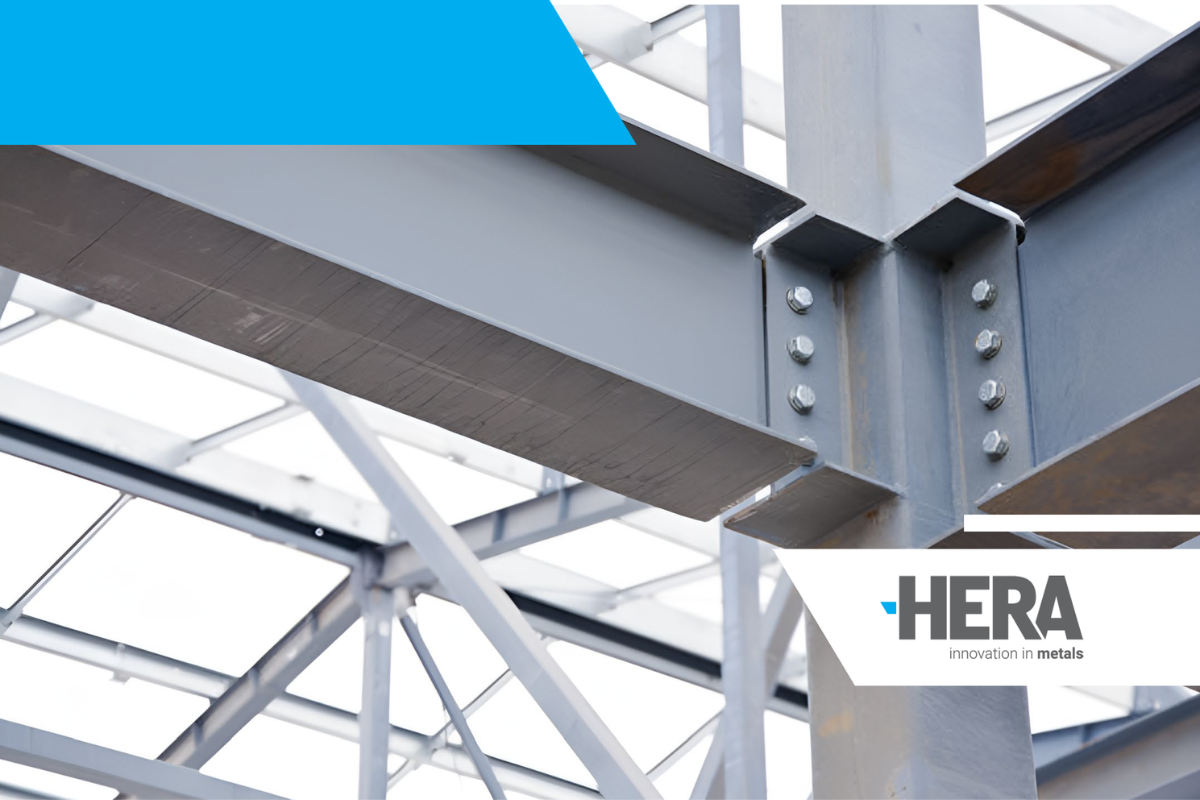Your cart is currently empty!


Resource: How to specify low-carbon steel
We are excited to unveil our latest technical report, How to Specify Low-Carbon Structural Steel.
This landmark guide offers practical, evidence-based recommendations to empower Aotearoa New Zealand’s construction professionals to specify and procure structural steel that significantly lowers embodied carbon – an essential step towards building a sustainable, resilient future for Aotearoa.
Why this report matters for designers and architects
The built environment is responsible for a significant share of global carbon emissions, making material choices more critical than ever. Steel is a backbone of modern architecture, and specifying low-carbon structural steel isn’t just an engineering decision—it’s a design responsibility.
This report equips you with practical, evidence-based strategies to integrate sustainable steel into your projects, reducing embodied carbon without compromising aesthetics, strength, or creativity. Whether you’re working on high-performance skyscrapers, adaptive reuse projects, or net-zero buildings, these insights will empower you to lead the industry in sustainable innovation.
Key insights from the report
- Defining low-carbon steel: Understand the benchmarks that distinguish sustainable steel, balancing form and function with environmental responsibility.
- Carbon benchmarking: Learn how to measure and compare the carbon intensity of steel using global standards, Environmental Product Declarations (EPDs), and data from the Worldsteel Association.
- Smart specification guidelines: A step-by-step guide to selecting high-performance, low-carbon steel that aligns with your project’s vision and sustainability goals.
- Designing for decarbonisation: Discover how annual reduction targets encourage continual improvement in steel production and how your specifications can drive positive industry change. Also, how you can specify high strength steels to reduce carbon.
- The role of steel reuse: Embrace circular design principles by incorporating reused steel, reducing waste while adding unique character and history to your projects.
Designing for a low-carbon future
At HERA, we believe that sustainability is not just a technical challenge but a creative opportunity. Architects and designers are at the forefront of rethinking how buildings interact with the environment. By integrating low-carbon steel into your designs, you are not only reducing emissions but also influencing the future of architectural materiality.
By adopting the recommendations in this report, you’ll contribute to a global movement toward a circular economy, helping Aotearoa New Zealand set a precedent for low-carbon construction worldwide.
Download the report and lead the change!
This report is now available for download on our website. We invite you to explore its insights and start applying these forward-thinking principles to your projects today.
Together, we can redefine the future of architecture in Aotearoa New Zealand – creating buildings that are not only visually stunning but also environmentally responsible.
For further details or to discuss how these guidelines can enhance your specific design needs, contact:

Troy Coyle
CEO

Kaveh Andisheh
General Manager Structural Systems

Design guide: How to specify low-carbon structural steel V2 2025
This is a practical guide to specifying low-carbon structural steel, introducing carbon benchmarking, EPDs, and procurement strategies to help reduce embodied carbon for sustainable construction.